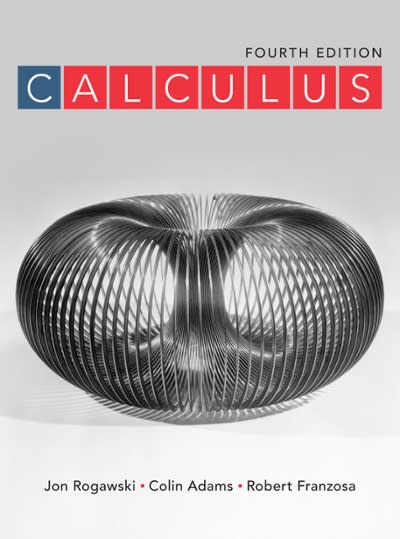According to Stevenss Law in psychology, the perceived magnitude of a stimulus is proportional (approximately) to a
Question:
According to Stevens’s Law in psychology, the perceived magnitude of a stimulus is proportional (approximately) to a power of the actual intensity I of the stimulus. Experiments show that the perceived brightness B of a light satisfies B = kI2/3, where I is the light intensity, whereas the perceived heaviness H of a weight W satisfies H = kW3/2 (k is a constant that is different in the two cases). Compute dB/dI and dH/dW and state whether they are increasing or decreasing functions. Then explain the following statements:
(a) An increase in light intensity is felt more strongly when I is small than when I is large.
(b) An increase in load W is felt more strongly when W is large than when W is small.
Fantastic news! We've Found the answer you've been seeking!
Step by Step Answer:
Related Book For 

Question Posted:





